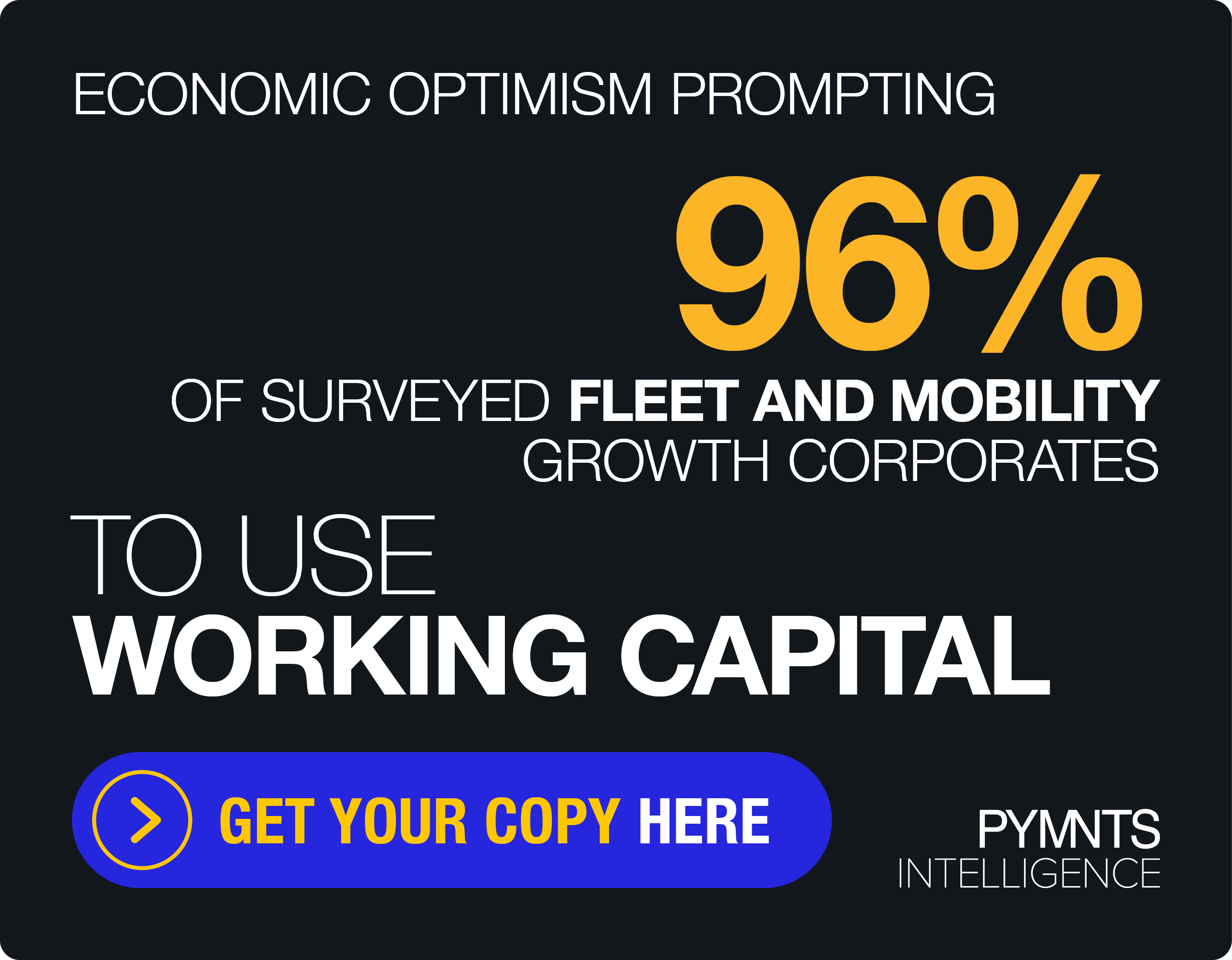Visa Sees Global Travel Recovery Powered by Seamless Digital Payments
If you’re looking for the same old bad news, don’t look at leisure travel, which appears to be the big recovery story of 2022, setting up a hopeful outlook for 2023.
Speaking with PYMNTS Karen Webster, Visa Global Senior Vice President, Merchant Sales and Acquiring, Jeni Mundy said there’s an “air of optimism” around leisure travel.
“If we look at last year, what we can tell you is that cross-border travel-related spend is 16 percentage points higher than it was when we look back into 2019,” she said.
Visa’s Special Report: Global Travel Insight Q3-2022 showed refreshing changes from inflation-induced consumer spending pullbacks that marked 2022, as it said in November that international arrivals in 2022 “are well on their way to reaching 850-900 million by the end of the year, accounting for 75-80 percent of the 2019 levels.”
Now it’s two months later and Mundy said, “we are already recovered from a spend perspective, even if we are not completely recovered in terms of the volume of people traveling.”
Visa is seeing more travelers spending more in the locales they visit, bucking inflationary trends of the past year as people saw value in experiences that had been largely off the table since 2020. Leisure is where most of the action is concentrated, with some interesting twists.
Mundy said, “What we did see is leisure travelers leading the way, so leisure recovering much faster than business. But also, those leisure travelers were spending more, not only on travel and staying for longer but spending more in retail as well.”
Attributing that to pent-up demand and the thrill of doing that which was forbidden for so long, she said there’s strong demand for travel experiences coming out of 2022 that has a chance at crossing into 2023.
Trendlines in Travel
While there’s a widely reported feeling that business travel may never return to 2019 levels after the world learned how to operate with video conferencing, Visa is tracking interesting trends where leisure and business travel overlap in curious new patterns.
Noting that travelers are not only spending more at their destinations but trying different places too, Mundy told Webster that “we are seeing leisure travelers traveling more to some of those business destinations,” and doing so tends to give the traveler more value for their dollar.
She said business destinations are recovering slower, however, the only upside of which is business destinations offering strong deals and enticing prices for leisure travelers.
Another intriguing effect comes from the untold hours of streaming TV we’ve all consumed since 2020, inspiring trips to destinations discovered through favorite shows.
“We’re keen to travel to the places we’ve been looking at,” she said, pointing to locations like the ancient city of Bath in England — also the setting of the Netflix series “Bridgerton” — with Mundy adding that “we’ve seen Bath recover as a travel destination a lot faster than perhaps some of the more traditional destinations.”
Tying much of this rising spend to seamless digital payments and the panoply of payments choice now available, Mundy sees the shift to digital payments as a prime driver in travel.
“Retail spend is definitely a key part of the travel experience, and being able to do that digitally,” she said.
A Cautious Optimism for 2023
A looming question for the travel market is the reopening of the Asia-Pacific (APAC) region, specifically China, which has long remained under COVID restrictions. That situation got a holiday gift when the Chinese government announced in December that it is lifting restrictions for incoming travelers who now need only show they tested negative 48 hours before arrival.
With that lifting of inbound traveler restrictions set to take effect on Jan. 8, Mundy remarked on the commercial potential of travel normalization to APAC and China.
“We have seen payment volumes at 16% above 2019,” she said. “Within that, we are seeing Asia at around 70% of 2019 levels, so still down from 2019. The mix is different. China is such a large economy, a large population, and a population that likes to travel, we do expect to see China opening having an impact, probably a significant impact, with Asia still being down.”
As China reopens, and with it more of the APAC region, the major threat is no longer seen as COVID infection but rather a possible global recession.
Asked if a full-on global recession will ground the travel recovery, Mundy said, “I’m not a forecaster. Let’s watch what happens through 2023.” However, she added that her conversations with travel suppliers are upbeat as the year begins, at least for leisure.
Mundy’s watchword for this year is “optimistic” and fueled by Visa data on how seamless, digitally enabled end-to-end payment experiences got consumers to book in 2022.
